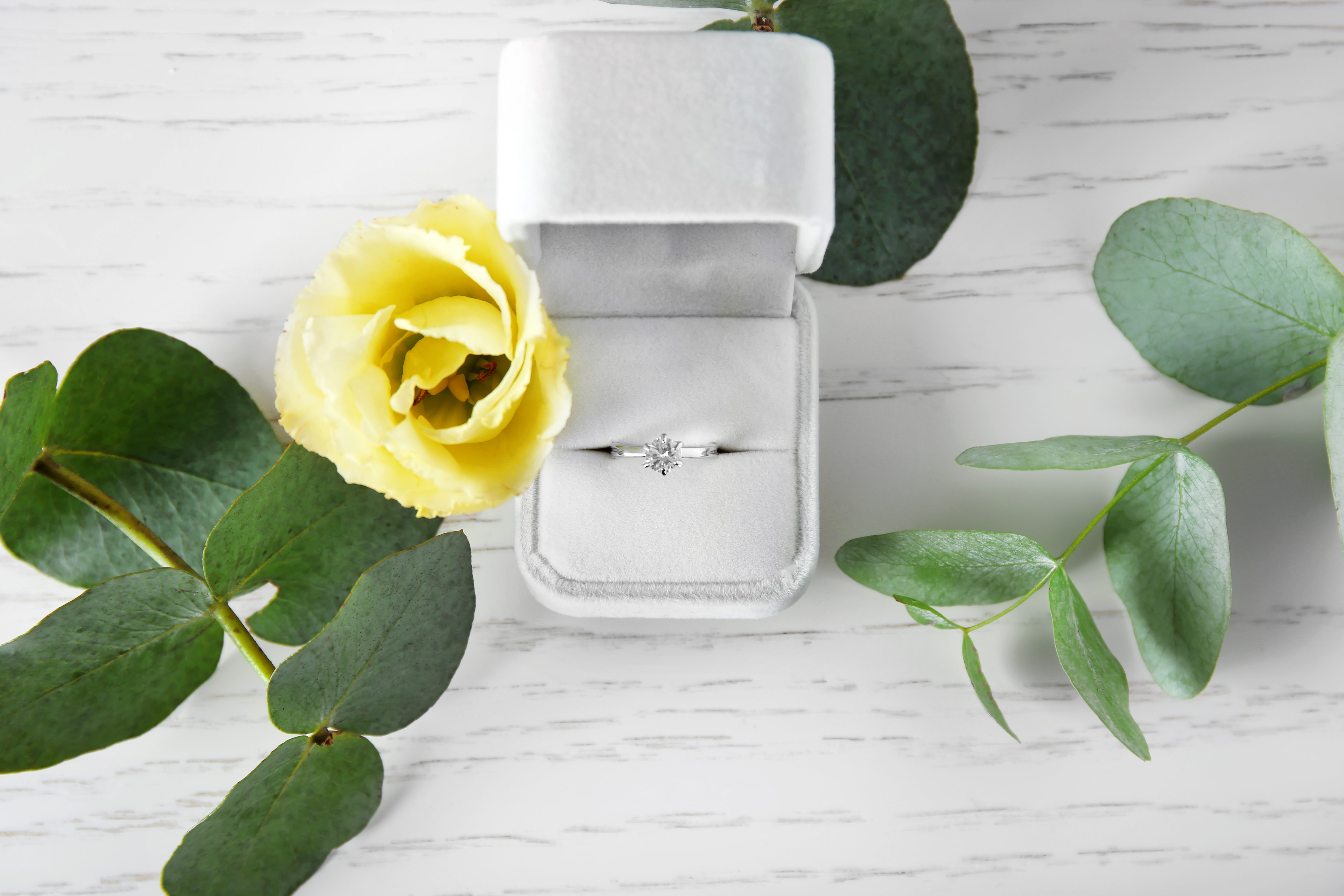For thousands of years, people have valued diamonds. And today, they are an essential part of the gemstone industry. But now, natural diamonds – and their market – are being threatened by the influx of synthetic stones, particularly from China labs. Here’s the scoop on these fake diamonds.
Originally, synthetic diamonds were created in China for industrial processes. However, their technology can now create diamonds that are so well done, that even highly experienced diamantaires have a difficult time seeing the difference between man-made stones and natural stones.
To ensure that fake diamonds don’t dominate the market, De Beers, a leading company in the diamond industry, is now investing millions of dollars in research efforts. These efforts enable scientists to develop methods to identify key differences between the new synthetic diamonds and their natural counterparts.
But they need to move quickly.
That’s because lab diamonds can be synthetically made in a matter of weeks. A diamond seed is placed in a chamber under extreme temperature and pressure. This, combined with carbon-containing gas, helps the diamond seed develop new crystals in a very short time.
And as these fake diamonds enter the market, they can lead to a significant drop in value. So, it’s safe to say the race is on between research scientists and Chinese diamond labs.
According to president of De Beers’ International Institute of Diamond Grading and Research, Jonathan Kendall, “[De Beers wants] to be confident in the diamonds they are buying for their business or selling to jewelry retailers.”
Although lab-made diamonds are still the minority, it is still possible for them to make a signifiant impact global diamond sales.




